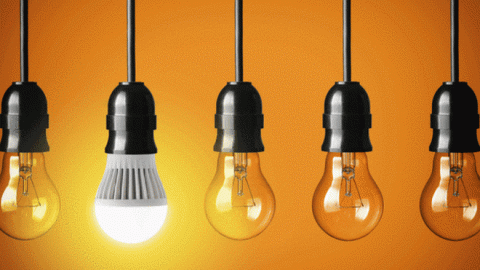Li-fi 100 times faster than wi-fi
The term li-fi was first coined by Prof Harald Haas from Edinburgh University, who demonstrated the technology at a Ted (Technology, Entertainment and Design) conference in 2011. His talk, which has now been watched nearly two million times, showed an LED lamp streaming video. Prof Haas described a future when billions of light bulbs could become wireless hotspots.
One of the big advantages of li-fi is the fact that, unlike wi-fi, it does not interfere with other radio signals, so could be utilised on aircraft and in other places where interference is an issue. While the spectrum for radio waves is in short supply, the visible light spectrum is 10,000 times larger, meaning it is unlikely to run out any time soon. But the technology also has its drawbacks - most notably the fact that it cannot be deployed outdoors in direct sunlight, because that would interfere with its signal.
Neither can the technology travel through walls so initial use is likely to be limited to places where it can be used to supplement wi-fi networks, such as in congested urban areas or places where wi-fi is not safe, such as hospitals.


